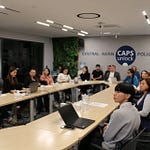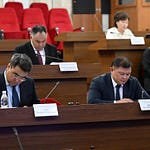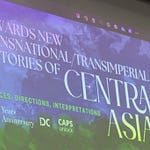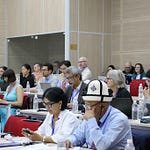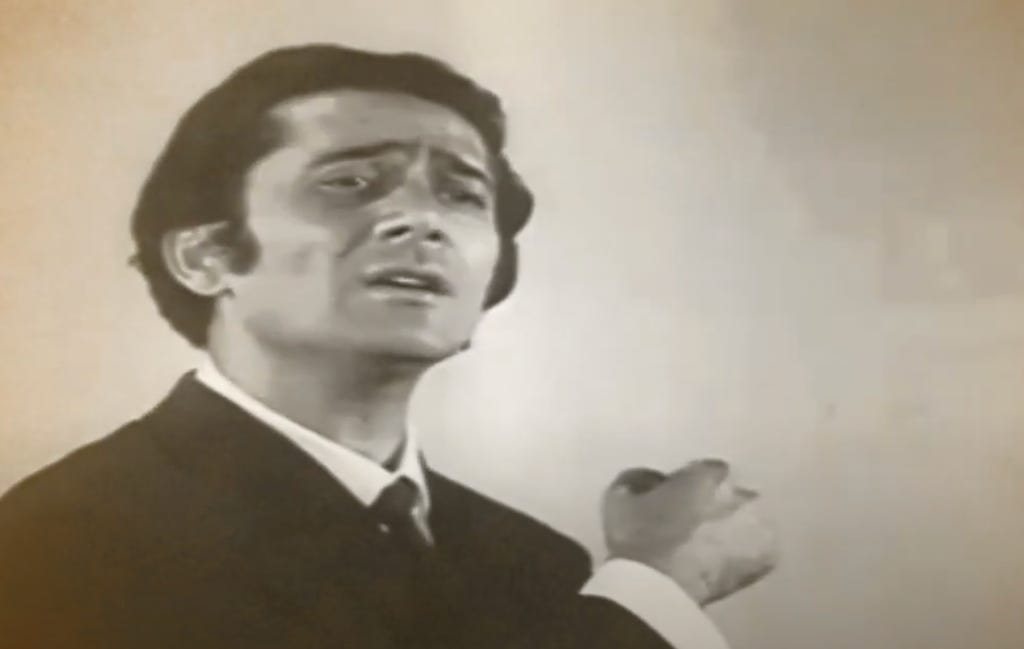
In the third and final instalment of podcasts recorded on the sidelines of a major history conference at Nazarbayev University, the CAPS Unlock podcast looks at how culture grows under pressure. We speak to Irina Sinepupova (a historical researcher currently pursuing her studies at Nazarbayev University) and Leora Eisenberg (PhD candidate, Harvard University) about two very different cases that expose the same paradox: culture was steered by the state, yet the results often felt vivid and genuine.
Sinepupova walked us through the mechanics of Soviet literary censorship in Kazakhstan. GLAVLIT’s republican branches, she explains, were formally subordinate to Moscow but in practice leaned on local party organs. Manuscripts usually arrived “distilled” by publishing houses and writers’ unions, where criticism could be harsher than at the censorship desk. Censors looked not only for political deviations but also for “artistic quality,” an unexpected criterion written into instructions she found in archival files in Almaty. Language mattered too: a scarcity of Kazakh-language specialists created gaps, and writers often marked texts’ Kazakhness to signal origins even in Russian editions. The broader picture is one of instability and negotiation rather than a monolith: those who learned to “speak Bolshevik” could often navigate the system.
Eisenberg spoke to us about Uzbek estrada, a lighter, stage-oriented popular genre that took off after Stalin. She traces why it leaned so heavily on repertoire from the “foreign East” while using European orchestration. First, heavy “big-form” European genres failed to connect with local audiences or produce enough Uzbek graduates from conservatories, so estrada served as an accessible bridge. Second, Cold War politics: Tashkent hosted Afro-Asian cultural events and film festivals, so performers who could sing Arabic, Hindi, Persian and more became cultural mediators for visiting delegations. Third, hybridity carried an ideological charge: European-style arrangements showcased Soviet modernity, while Eastern repertoires made the music legible to international audiences. Names to explore include Batyr Zakirov (notably his “Arabic Tango”), Muhabbat Shamaeva, Rano Sharipova, Stakhan Rahimov, and Elmira Urazbayeva.
Together, these cases suggest that Soviet cultural life in Central Asia was less about top-down diktat than about constant bargaining among censors, unions, publishers, performers and audiences. Control set the frame; creativity filled it in surprising ways.
CAPS Unlock extends immense gratitude to Professor Mikhail Akulov, Medina Kerimberdiyeva, and the Nazarbayev University student volunteers who made both the conference and this podcast possible.






